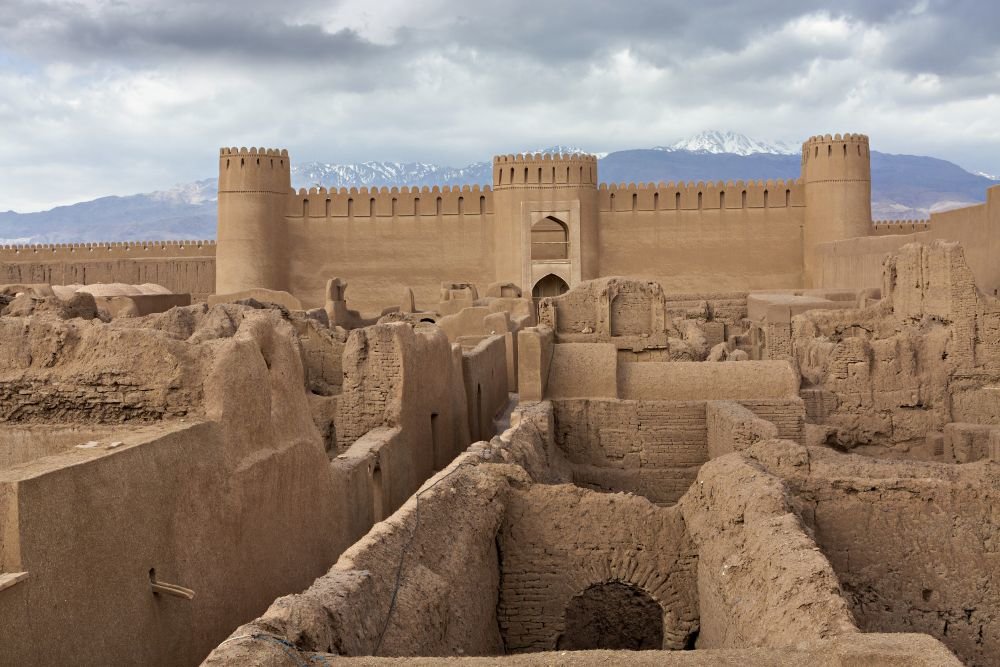Archaeologists during excavations in the vicinity of the former residence of Nadir Shah, who is called “Napoleon of Persia”, discovered a large number of relics, the oldest of which date back to the Bronze Age.
According to the Tehran Times, ancient relics were found near the northeastern villages of Khalaj, Kolleh-Zu and Garu in Kalat County, Razavi-Khorasan province.
According to preliminary estimates, they were created between the Bronze Age and the Qajar era (1789-1925 AD). According to the head of the excavation, Hamed Tahmasbizadeh, 127 historical relics and destroyed monuments have been identified so far.
Thus, archaeologists have found the remains of water and windmills, ancient melioration systems, underground aqueducts, roads, stairs and walls. In addition, a cemetery was found, which, according to preliminary estimates, dates back to the Iron and Bronze Ages. An ancient mine and the remains of towers, fortresses, mosques, public baths, bridges and historic gardens were also found during large-scale archaeological excavations, Tahmasbizade said.
Interest in the finds is fueled by the fact that they were all made in the immediate vicinity of Qasr-e-Khorshid, the “Palace of the Sun”. This is the name of the cult monument of the 18th century, which was the residence of the Persian shah Nadir (1688-1747 AD). He created a great empire that stretched from modern northern India to the mountains of the Caucasus.
It is known from written sources that the palace was named after Khorshid, one of Nadir’s wives. It is noteworthy that it was never completed. The construction was stopped after the sudden death of the ruler due to the political uncertainty that arose immediately after that. However, in the Qajar era, the palace was used as a headquarters.
Nadir Shah is considered one of the most powerful rulers in Iranian history. He came to power when the country was in chaos. He managed to carry out many successful military campaigns and reunite the Persian kingdom. The Encyclopedia Britannica says that Nadir Shah is called not only “Napoleon of Persia” but also “The Second Alexander”.









